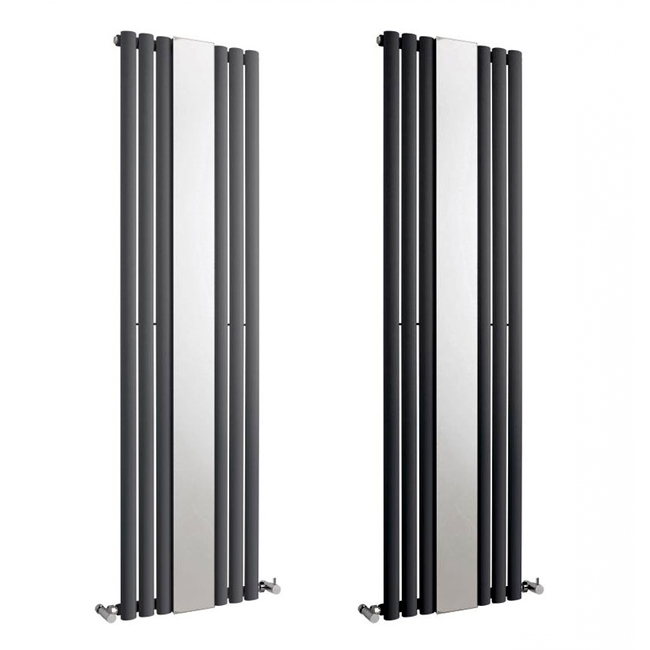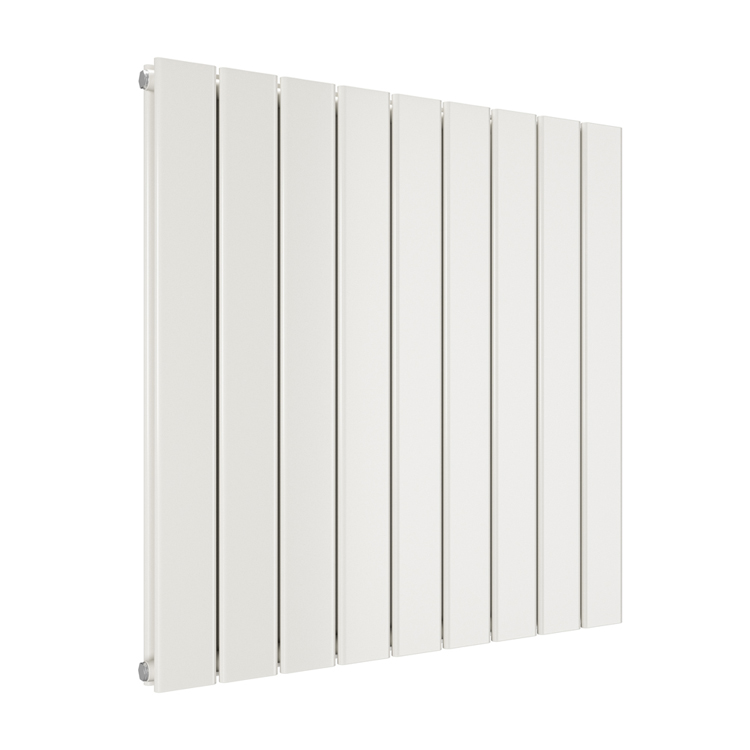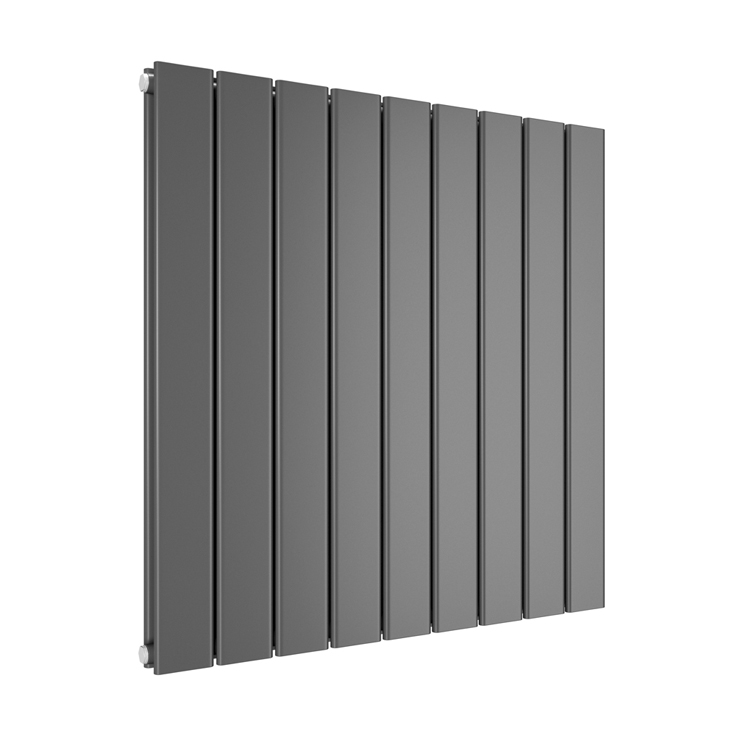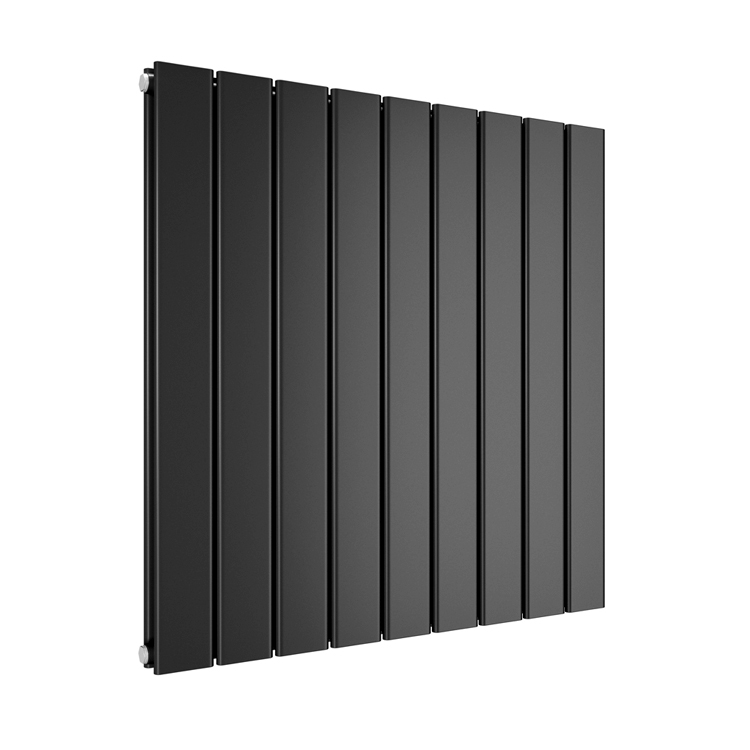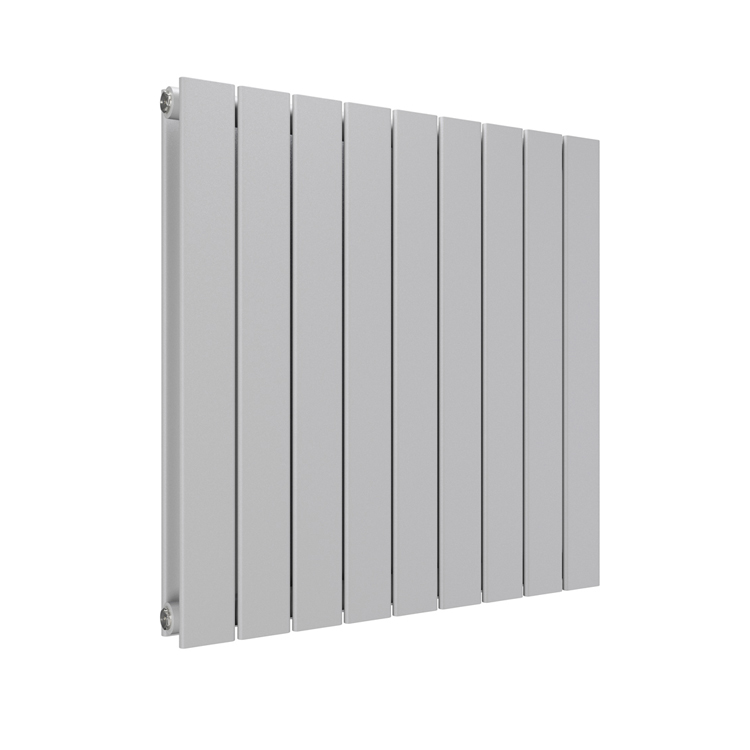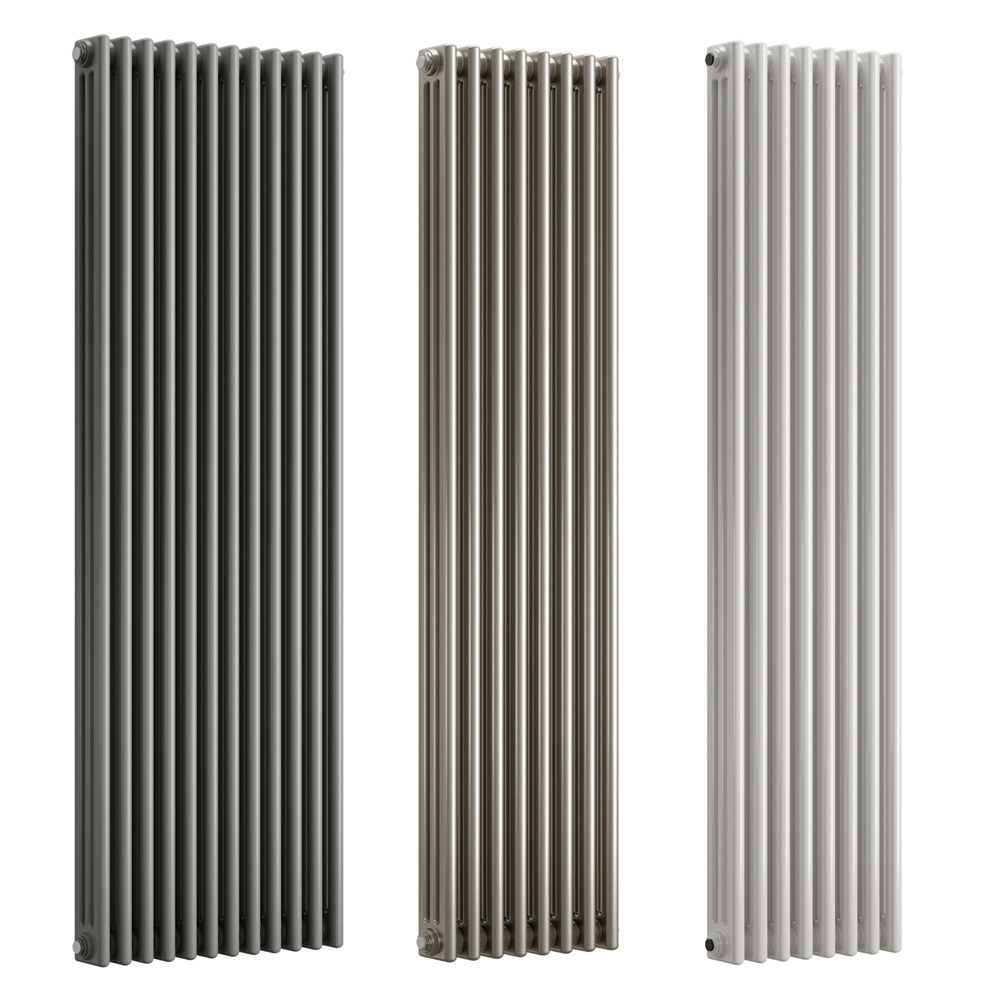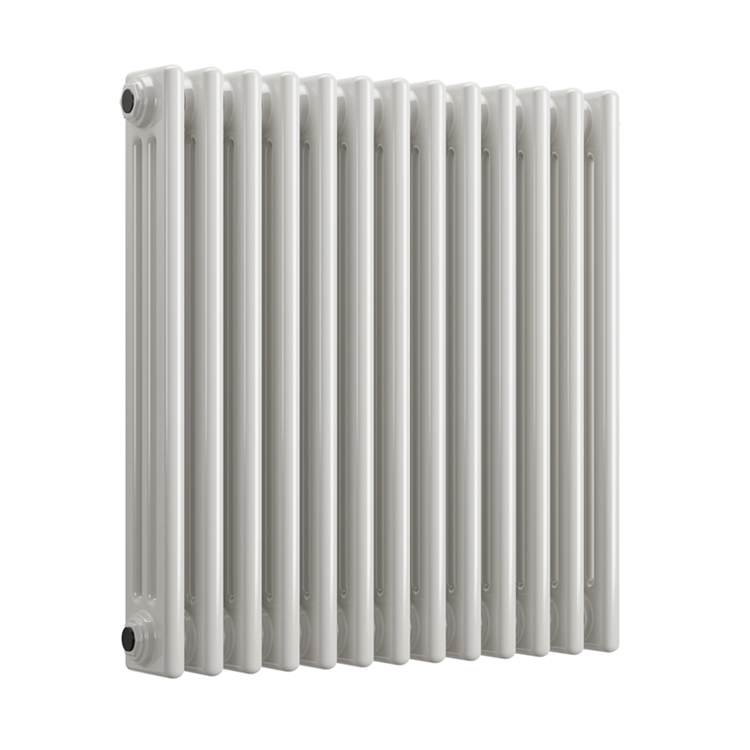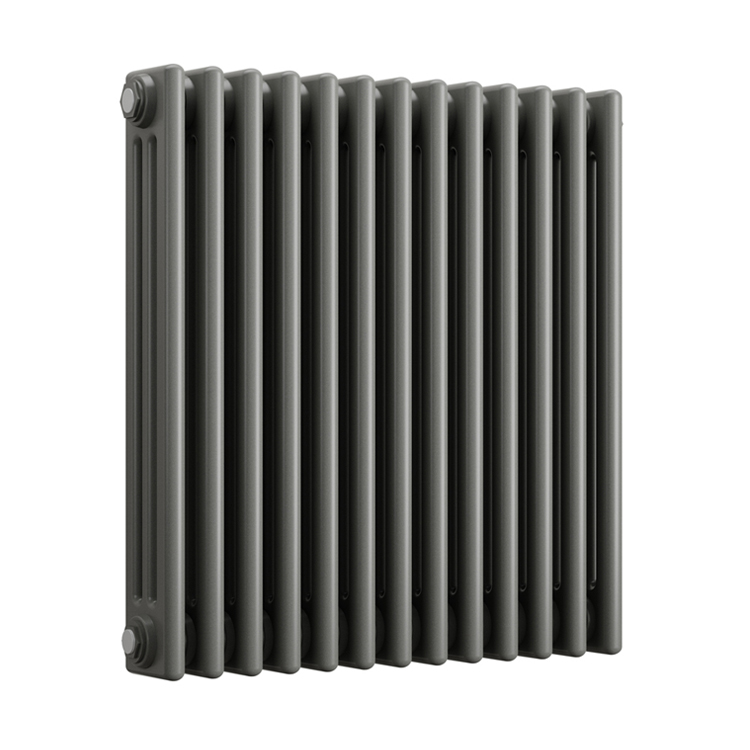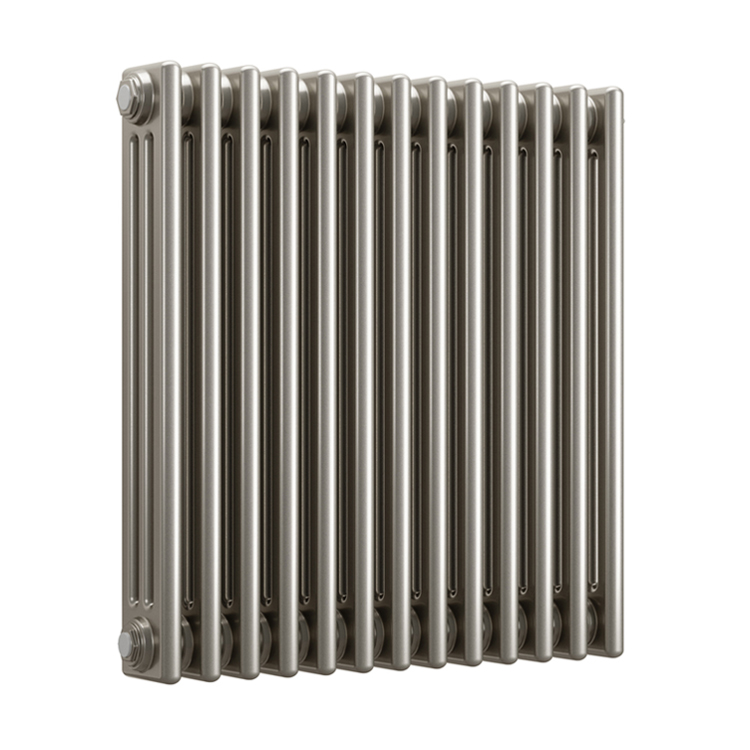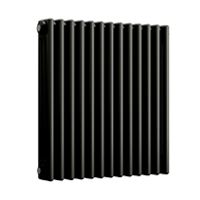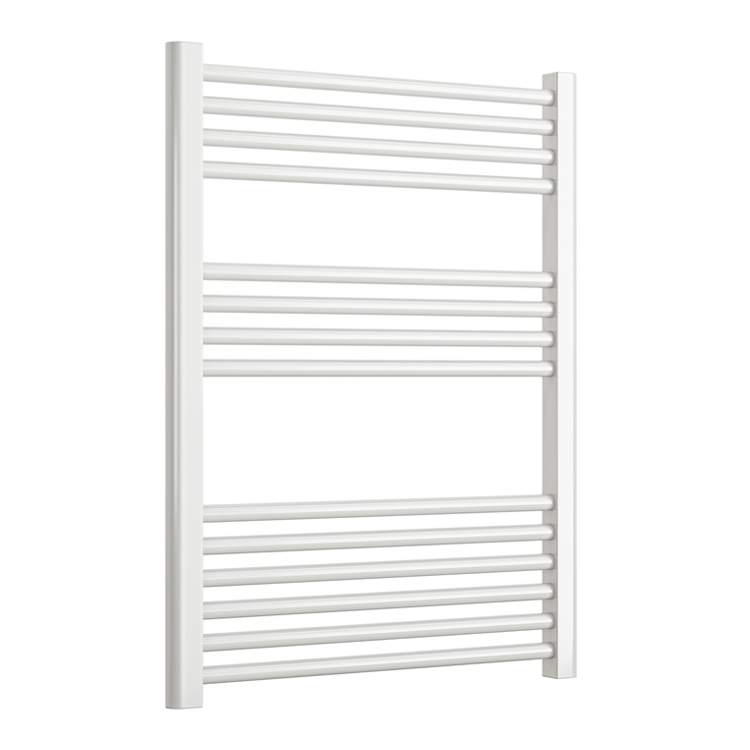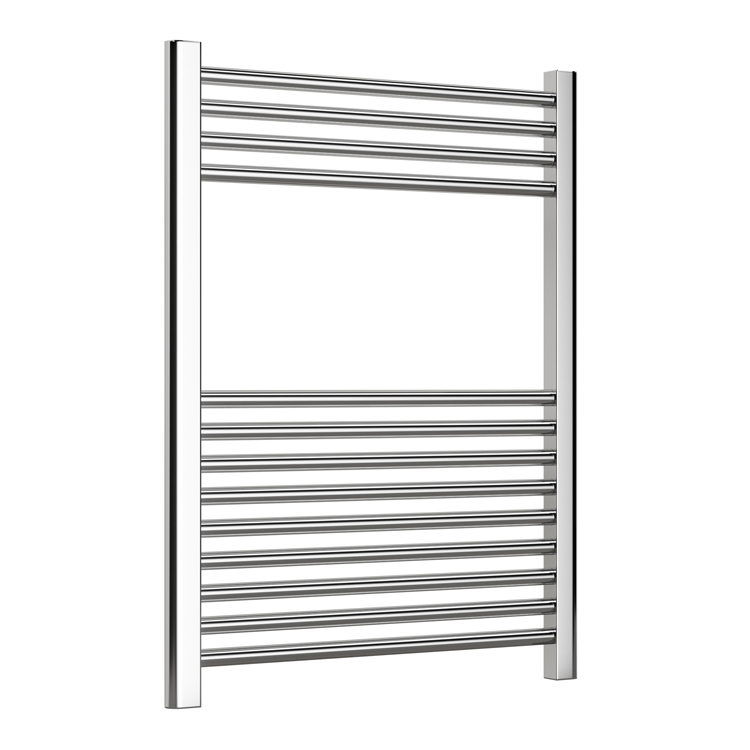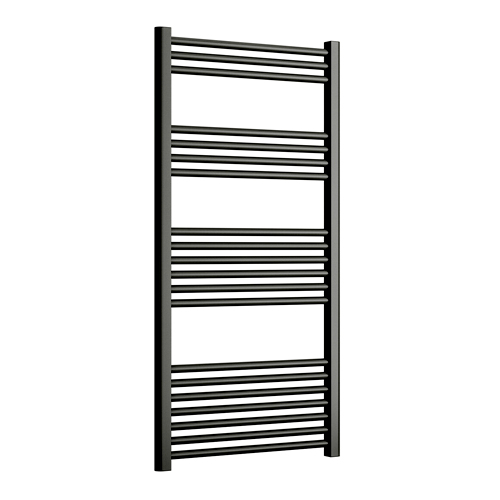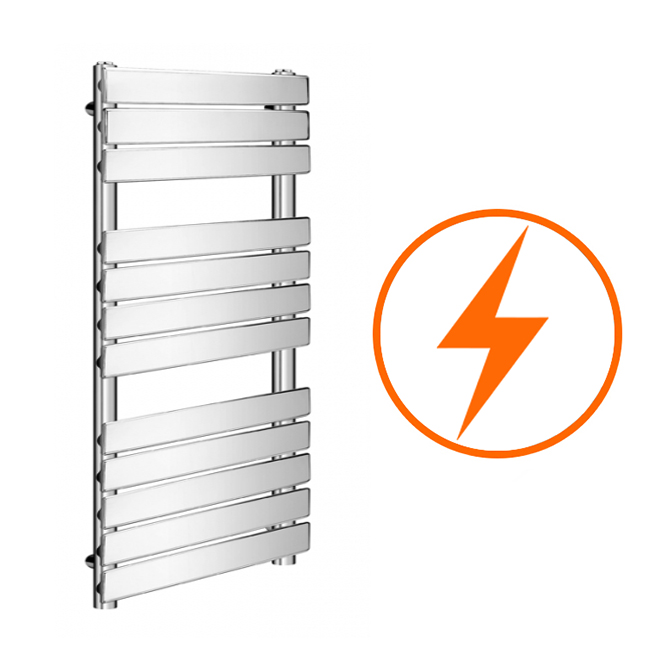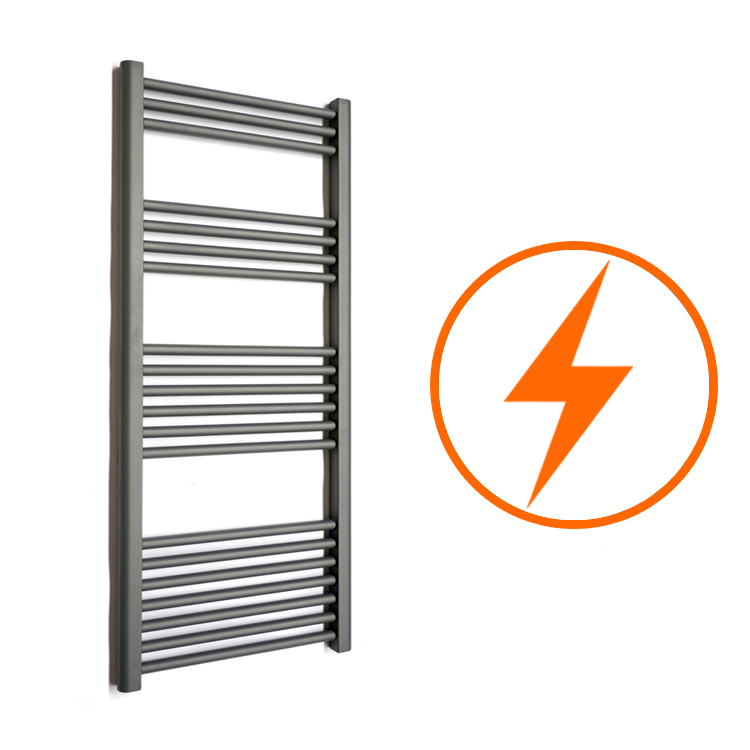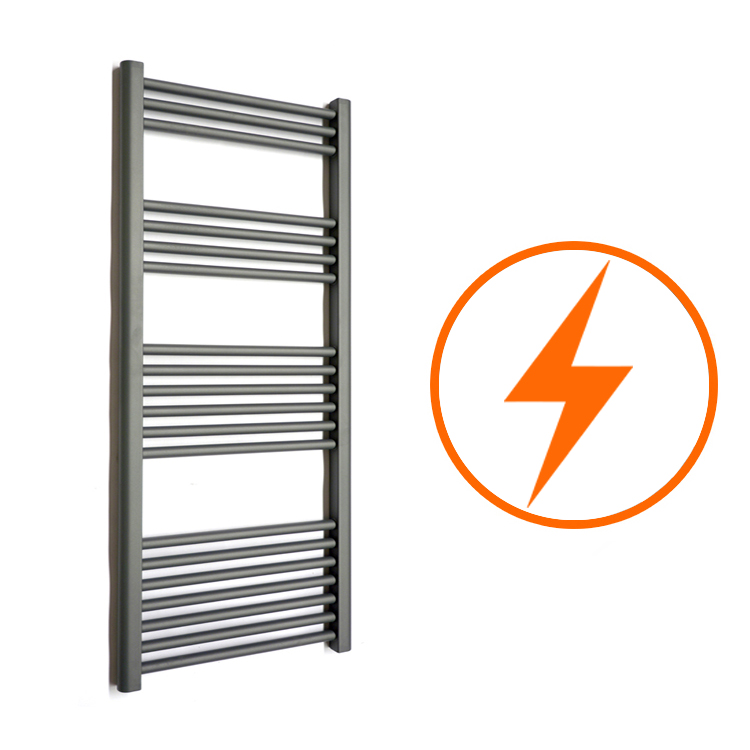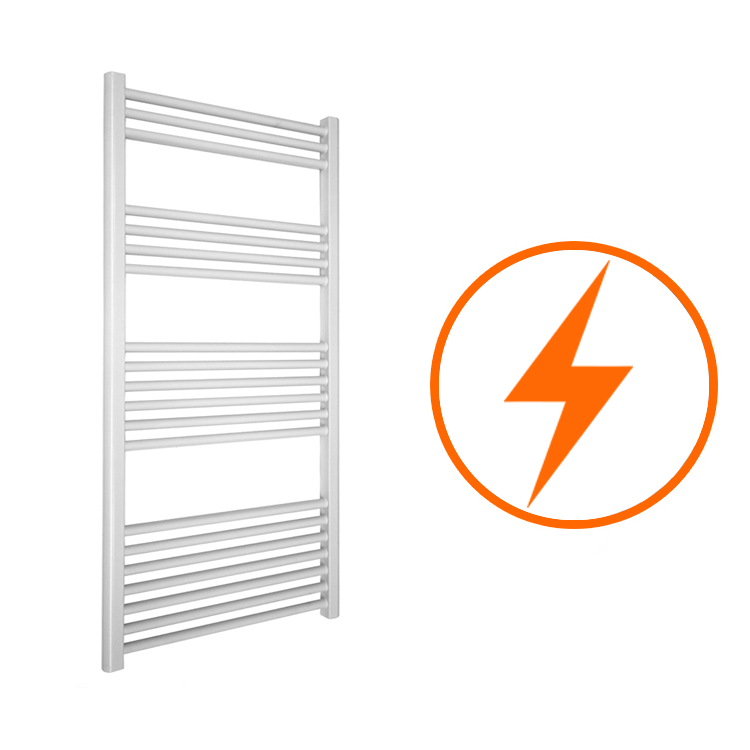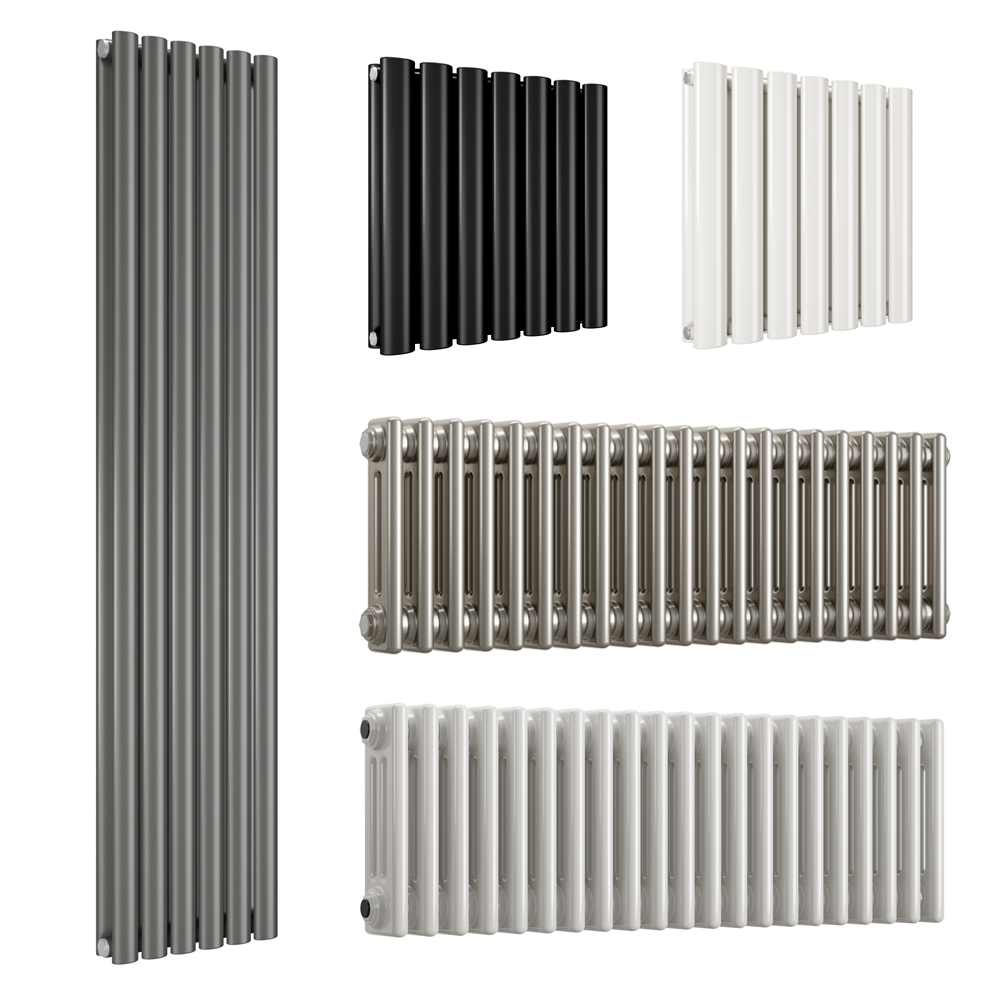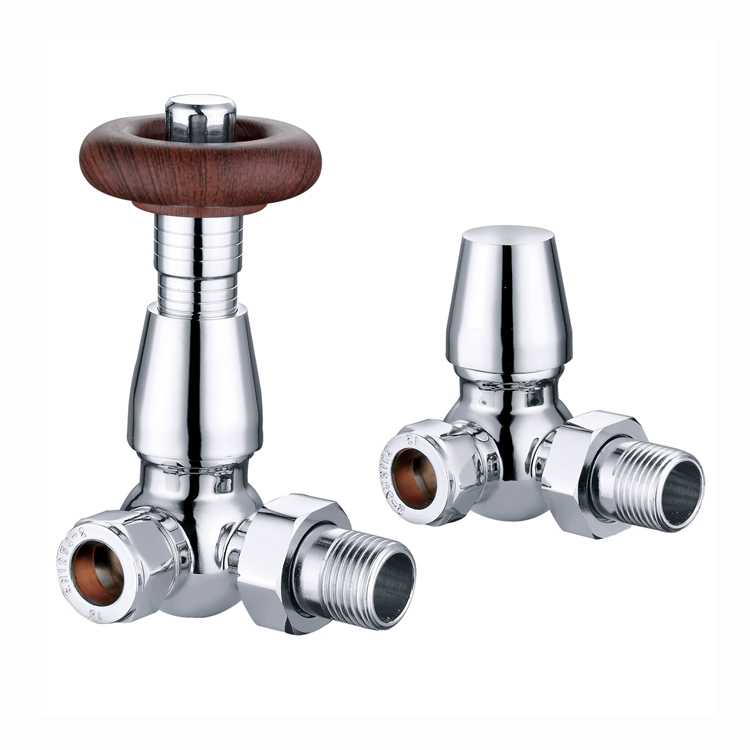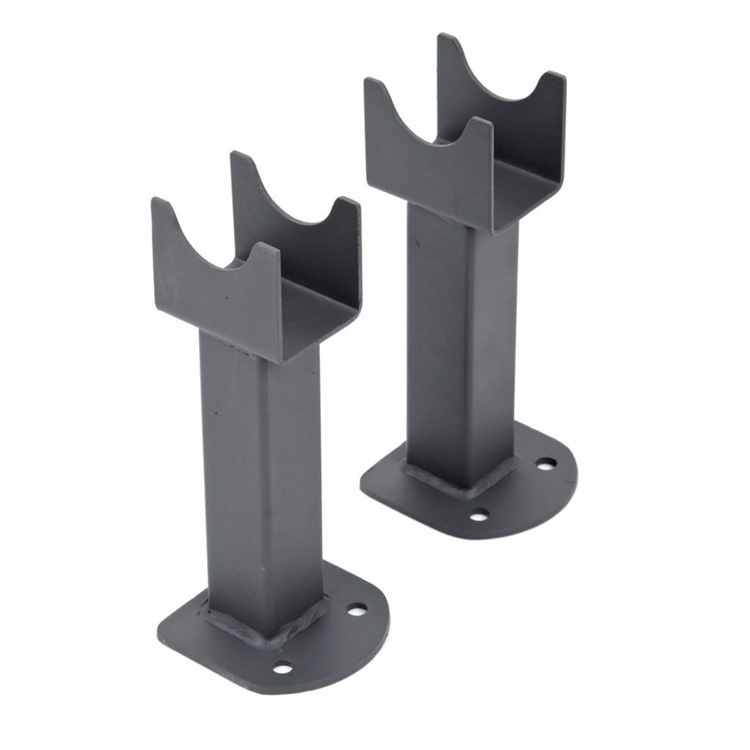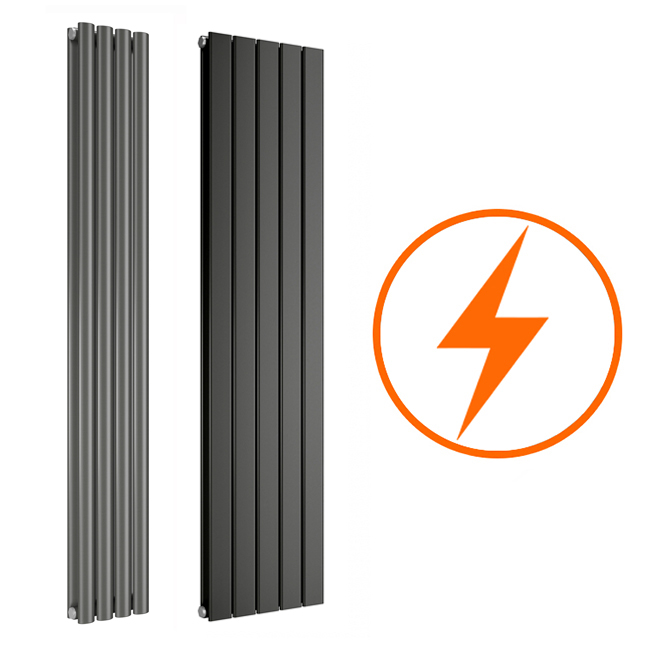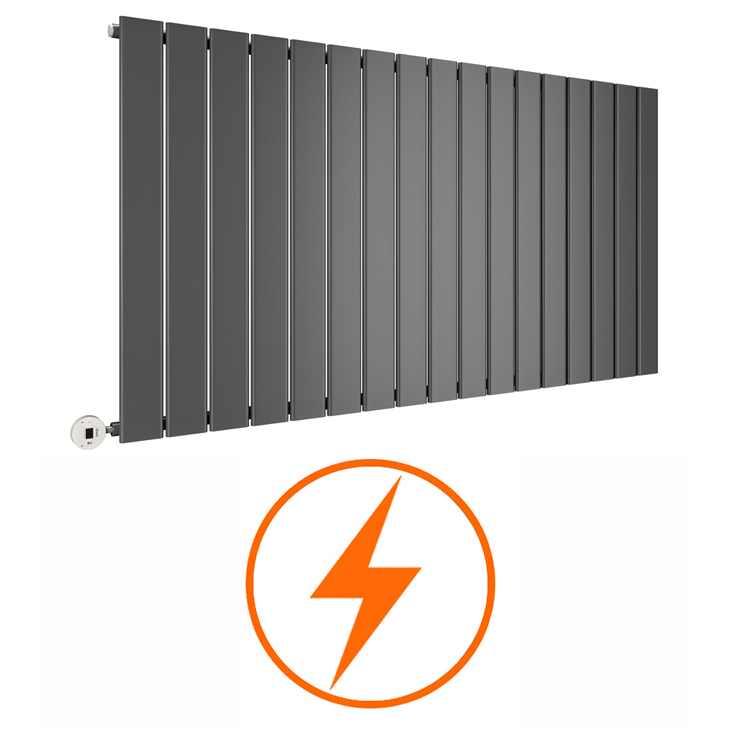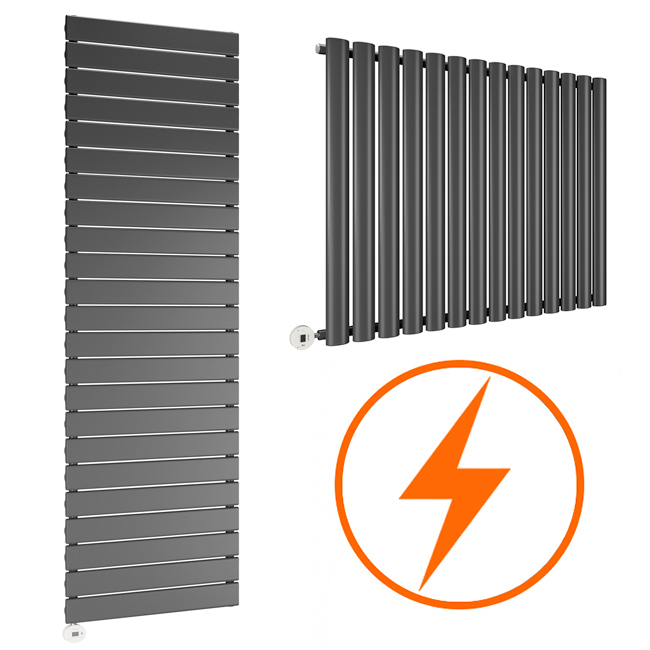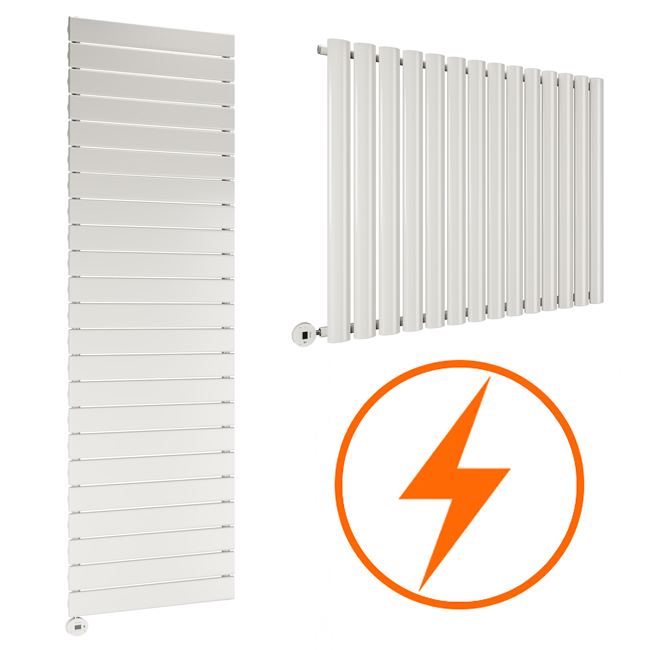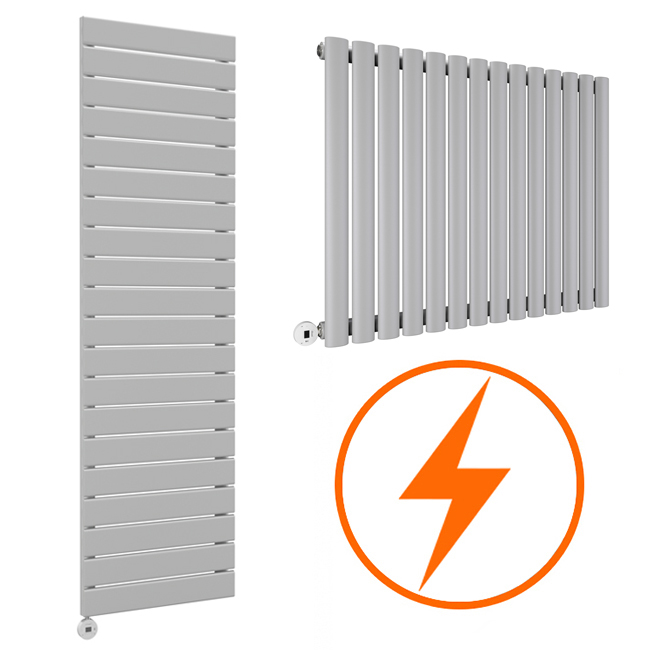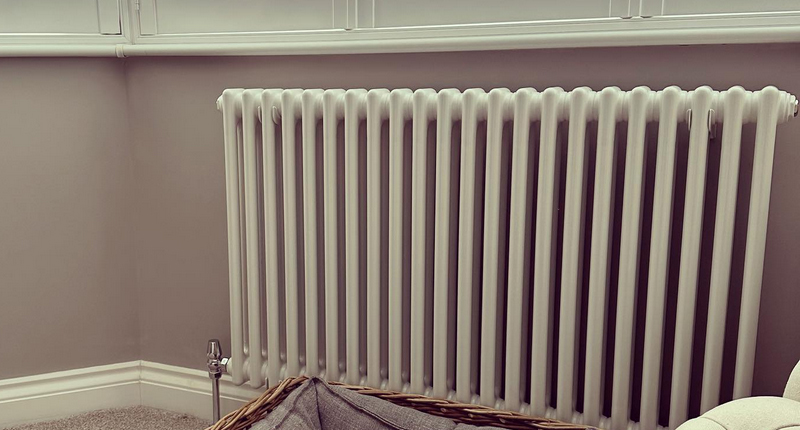
There’s nothing quite like stepping into a warm home on a bitterly cold evening – but that cosy comfort doesn’t happen by chance. Your radiators and heating system work harder in winter than at any other time of year and without a little preparation, they can let you down just when you need them most. From modern designer radiators that double up as statement pieces to traditional radiators that have been part of family homes for decades – and even underfloor heating – every system benefits from a seasonal check-up. A bit of care now can mean lower bills, better efficiency and most importantly, a reliably warm home when the cold really sets in.
Radiators are one of the most used – and often overlooked – parts of your central heating system. When they’re working properly, they distribute heat evenly and effectively. However, even minor issues like trapped air, sludge build-up or dust can reduce performance significantly.
Preparing your radiators for winter has several key benefits:
-
Improved efficiency: A well-maintained radiator uses less energy to heat your home.
-
Lower energy bills: By maximising efficiency, you reduce unnecessary fuel usage.
-
Longer lifespan: Regular care prevents damage that can shorten a radiator’s working life.
-
Consistent comfort: There’s nothing worse than cold spots on a freezing day. Proper maintenance ensures even heating across your rooms.
Whether you’ve invested in stylish designer radiators or kept classic traditional radiators, they all benefit from the same level of attention.
Step 1: Bleed your radiators
One of the most common reasons radiators perform poorly in winter is trapped air. When air gets inside the system, it rises to the top of the radiator, preventing hot water from circulating fully. This leads to cold patches, usually at the top of the radiator, while the bottom remains warm.
Bleeding a radiator is simple and should be done every year before the heating season begins:
-
Turn your heating off and wait until the radiators have cooled.
-
Use a radiator key to slowly open the bleed valve at the top side of the radiator.
-
Hold a cloth or small container underneath to catch any drips.
-
Release the air until water starts to trickle steadily, then close the valve.
-
Switch your heating back on and check for improved performance.
This quick fix is often all that’s needed to restore full efficiency. It’s especially important in households with multiple radiators, where trapped air can cause uneven heating across different rooms.
Step 2: Check for cold spots and sludge
If you’ve bled your radiators but they’re still not heating evenly, sludge might be the culprit. Sludge is a mixture of rust, dirt and mineral deposits that build up inside the system over time. It tends to settle at the bottom of radiators, causing cold spots and poor heat output.
To check for sludge:
Run your hand carefully along the radiator (when it’s on) to feel for uneven heat distribution.
If the bottom is noticeably cooler than the top, sludge may be present.
Flushing the system is usually the best way to remove sludge. While a full power flush should be carried out by a professional, you can also use radiator cleaning chemicals available in most DIY stores for smaller issues. Keeping your radiators clean internally is crucial for long-term efficiency.
Step 3: Dust and clean the exterior
It’s easy to forget that radiators also collect dust and dirt on their surfaces. This not only looks unsightly but can also reduce heat output. Dust acts as insulation, trapping heat against the metal and preventing it from circulating into the room effectively.
Here’s how to keep your radiators clean:
-
Use a vacuum with a brush attachment to remove dust from between radiator fins.
-
Wipe down the surfaces with a damp cloth and mild detergent.
-
For hard-to-reach areas, radiator cleaning brushes or compressed air can help.
Keeping your radiators spotless ensures they look their best while performing efficiently.
Step 4: Test your thermostatic radiator valves (TRVs)
Thermostatic radiator valves give you greater control over the temperature in individual rooms. However, if they stick or seize up after months of disuse, they may prevent hot water from flowing properly.
To check:
-
Turn each TRV to its highest setting and ensure the radiator warms fully.
-
If a radiator remains cold, the valve pin may be stuck. Gently press it down to free it, but don’t force it.
-
Replacing outdated valves can make a noticeable difference to efficiency, particularly if you have a mix of traditional and designer radiators around your home.
Step 5: Balance your radiators
Balancing radiators is about ensuring every room heats up at the same speed. Without balancing, the nearest radiators to the boiler may become very hot quickly, while those further away remain lukewarm.
Balancing involves adjusting the lockshield valve on each radiator to control the flow of water. While this process can take some time and a bit of trial and error, the payoff is worth it – balanced radiators ensure an even, comfortable temperature throughout your home, which is especially useful in larger properties with underfloor heating combined with radiators.
Step 6: Inspect for leaks and corrosion
Leaks are more than just an inconvenience; they can lead to bigger problems in your central heating system. Before winter sets in, inspect each radiator for:
-
Damp patches around the valves or pipes.
-
Rust spots or bubbling paint that indicate corrosion.
-
Drips or water pooling beneath the radiator.
Step 7: Consider radiator placement
Even the most efficient radiator can underperform if it’s blocked by furniture or heavy curtains. To get the most out of your heating:
-
Avoid placing sofas directly in front of radiators.
-
Use reflective radiator panels behind units that sit against external walls.
-
Keep curtains above radiator level to allow heat to circulate freely.
Step 8: Integrate radiators with underfloor heating

Many homeowners are now combining radiators with underfloor heating for maximum comfort and flexibility. While underfloor heating provides steady background warmth, radiators give you faster, more responsive heating in key areas.
Service and testing are essential. Underfloor heating systems, whether water-based or electric, should be checked annually. For water systems, this involves ensuring there are no leaks, the pipes are clear of sludge, and the pump is running smoothly. Electric underfloor heating, meanwhile, should be tested for faults in the wiring or thermostat to avoid costly breakdowns mid-season.
Make the most of smart controls. Today’s heating technology allows you to zone your home more intelligently. Radiators and underfloor heating can be controlled separately with smart thermostats or room-based systems, meaning you can set different temperatures for different spaces. For instance, your underfloor heating can maintain a gentle background warmth in the kitchen and living areas, while radiators give a faster boost of heat in bedrooms or bathrooms. Not only does this improve comfort, but it also reduces energy waste.
Think about flooring materials. Underfloor heating is most effective when paired with thermally conductive flooring, such as stone or tile. If your home has wooden floors or thick carpets, you may find radiators need to pick up more of the load in winter. Planning for this balance helps you avoid cold spots and makes sure the system performs as intended.
Work with your home’s rhythm. Underfloor heating works best when left on for longer periods at lower temperatures, maintaining a steady warmth. Radiators, in contrast, can be switched on and off for quicker results. This means you can schedule your heating to suit your lifestyle. For example, keep underfloor heating running gently throughout the day, then use radiators in the evening for a fast heat boost when everyone is home.
When used together, radiators and underfloor heating create a flexible, efficient heating solution for Irish winters. With the right preparation and system management, you’ll enjoy the best of both worlds – consistent comfort from the floor up and responsive heat where you need it most.
Energy efficiency tips for winter
Once your radiators are in good condition, there are several steps you can take to maximise efficiency throughout winter.
Use thermostats wisely
Setting your thermostat just one degree lower can cut energy bills significantly without sacrificing comfort. Smart thermostats allow you to schedule heating only when you need it, avoiding wasted energy.
Install reflective panels
Foil-backed panels placed behind radiators on external walls reflect heat back into the room rather than letting it escape. This is a low-cost way to boost performance, especially for traditional radiators in older homes.
Regular boiler servicing
Even perfectly maintained radiators rely on the boiler to provide hot water. Annual servicing ensures your boiler runs efficiently, preventing breakdowns during the coldest months.
Upgrade where needed
If you’ve had the same radiators for decades, upgrading can pay off in comfort and efficiency. Modern designer radiators are engineered not just for looks but also for higher heat outputs. Traditional radiators, too, now come with updated technology while maintaining their classic charm.
Choosing between designer and traditional radiators

When considering upgrades, many homeowners weigh up the benefits of designer radiators versus traditional radiators. Both have their place, but your choice depends on style, performance and practicality.
Designer radiators: These combine cutting-edge heating efficiency with bold aesthetics. They’re ideal if you want your radiator to make a statement while also saving space with vertical designs. Their modern construction often makes them quicker to warm up and more efficient.
Traditional radiators: Perfect for period homes or interiors with a classic feel. Their larger columns and timeless designs provide excellent heat retention, making them reliable for long-lasting warmth.
Radiators may blend into the background of daily life, but as winter approaches, their importance becomes undeniable. Whether you rely on the timeless charm of traditional radiators, the sleek innovation of designer radiators or a combined system with underfloor heating, proper maintenance ensures warmth, efficiency and savings all season long.
By bleeding, cleaning, balancing and inspecting your radiators now, you’ll avoid chilly surprises later. And if it’s time to upgrade, modern radiator options offer not just superior heating but also stylish additions to your home.
At Radiator Outlet Ireland, we understand the value of comfort during winter. Taking the time to prepare your radiators today means you can relax tomorrow, knowing your home is ready to keep the cold firmly at bay.






